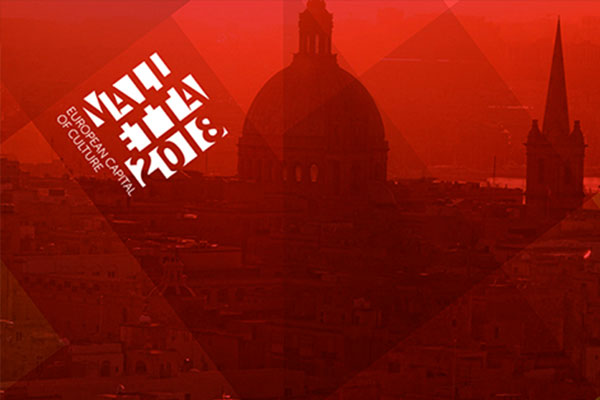
19 Feb | What to see in Valletta?
What monuments should one see in the European Capital of Culture 2018? Valletta City Gate and works by Renzo Piano – Valletta’s new skyline was strongly influenced by the works of Renzo Piano, who was in charge of working on the great monumental portal of entry to the City, the Parliament Building and the new open-air Opera House, built on the remains of the ancient Royal Opera House, which was destroyed during a bombing in 1942.
Upper Barrakka Gardens – Formerly called the Belvedere Italia, they were built by the Knights of Malta as a place for entertainment and recreation. They offer a triumphant panoramic view of Valletta’s entire Grand Harbour. The bastion’s lower tier contains the Saluting Battery, with 11 cannons that still fire every day at noon and 4pm.
St John’s Cathedral – Monument symbol of the period of the Knights, it is an opulent baroque church dedicated to their patron saint. Inside it you will be able to admire two of Caravaggio’s works, including the Decollazione del Battista (the Beheading of John the Baptist), the largest known canvas created by the painter and, moreover, the only signed one.
Teatru Manoel – With its 650 seats between the orchestra (or parterre), gallery and three tiers of boxes, it is still fully operational and hosts part of the events of the prestigious annual International Baroque Festival.
Valletta Waterfront – It is the pier where the ancient customs stood and can be reached via a very modern elevator (58 metres in 23 seconds) from the Upper Barrakka Gardens. This is where cruise ships, taxi boats and ferries dock.
The Grand Master’s Palace – It’s among one of the first buildings built in the new-born Valletta and was erected by the Grand Master Jean De La Valette. The so-called Stanza degli Arazzi (Room of Tapestries) is an absolute “must see”.
There is also: Casa Rocca Piccola, St.Elmo’s Fort, Auberge de Provence / National Archaeological Museum, Auberge d’Italie / Museum of Fine Arts.

